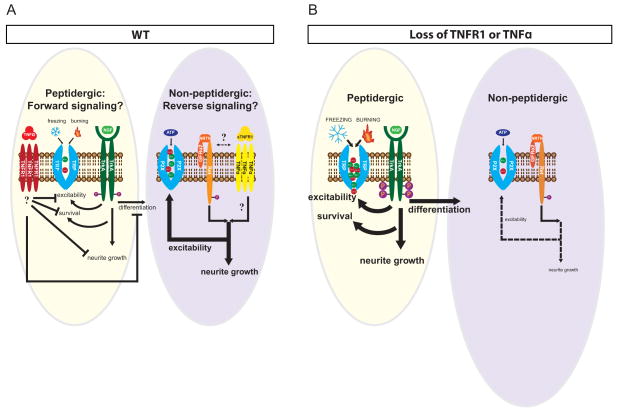Figure 8. Model of TNFα-TNFR1 signaling properties in NGF-responsive and NRTN-responsive peptidergic and non-peptidergic nociceptors.
(A) Model of TNFR1 and TrkA signaling events in WT animals. TNFα-TNFR1 forward signals suppress NGF-TrkA dependent excitability, neurite growth, survival, and differentiation. These signals lead to proper specialization of some TrkA+ peptidergic nociceptors as Ret+ non-peptidergic neurons, which are approximately equal in number to peptidergic cells in young adulthood (P30). Non-peptidergic nociceptors are dependent on TNFR1-TNFα reverse signaling for maximal neurite outgrowth and excitability.
(B) Loss of TNFα or TNFR1 signaling causes a gain-of-function of NGF-TrkA signals, hyperactivating TrkA excitability, neurite growth, cell survival, and differentiation pathways (thick arrows). Consequently, more TrkA+ neurons are driven to toward a non-peptidergic fate earlier during development, which results in roughly 50% more IB4+ neurons by young adulthood (P30). In contrast, non-peptidergic nociceptors are deficient in excitability and NRTN-dependent neurite growth in the absence of TNFα or TNFR1 (dashed arrows) possibly through loss of a reverse signaling mechanism.

